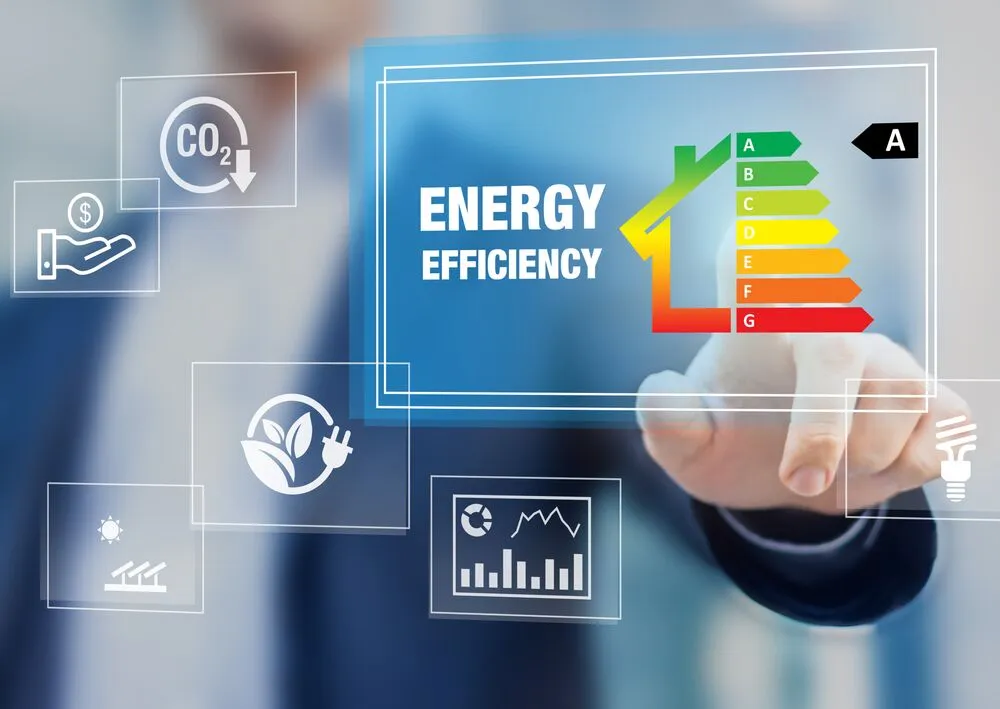EN 50632 Smart Vacuum Cleaner Power Consumption Performance
The EN 50632 standard is a European harmonized standard aimed at ensuring the safety and performance of smart vacuum cleaners, particularly focusing on their power consumption. This test is crucial for manufacturers to ensure their products meet stringent energy efficiency requirements. The standard covers various aspects such as maximum rated input power, average power consumption, and standby power usage.
The EN 50632 test measures the actual power consumption of a vacuum cleaner under different operating conditions, including cleaning modes, no-load operation, and standby mode. This is achieved using specialized equipment like wattmeters that can accurately measure electrical energy over time. The results provide insights into how efficiently a smart vacuum cleaner operates in real-world scenarios.
Understanding the power consumption performance of smart vacuum cleaners is essential for several reasons. First, it helps manufacturers optimize their product designs to reduce energy waste and comply with regulatory requirements. Second, it allows consumers to make informed decisions based on the actual energy usage of the device, contributing to sustainability efforts. Lastly, compliance with EN 50632 can enhance a company's market reputation by demonstrating commitment to environmental responsibility.
The test procedure typically involves setting up the vacuum cleaner in a controlled environment and subjecting it to various operational scenarios. The equipment used includes high-precision wattmeters that continuously monitor power usage during these tests. The results are then compared against the specified limits outlined in EN 50632 to ensure compliance.
Real-world applications of this test include optimizing cleaning performance while minimizing energy consumption, ensuring safety standards are met, and providing accurate information to consumers about the device's energy efficiency. Compliance with this standard can also open doors to international markets where stringent energy regulations are in place.
- Competitive Advantage: Meeting EN 50632 ensures that a smart vacuum cleaner is efficient, safe, and reliable, giving manufacturers an edge over competitors who may not adhere to these standards.
- Better Consumer Perception: Consumers trust products that are proven to be energy-efficient, which can lead to increased sales for compliant manufacturers.
- Regulatory Compliance: Ensuring compliance with international standards helps avoid potential legal issues and fines.
In conclusion, the EN 50632 Smart Vacuum Cleaner Power Consumption Performance test is vital for both manufacturers and consumers. It ensures that smart vacuum cleaners are not only safe but also energy-efficient, contributing to a more sustainable future.
Industry Applications
The EN 50632 standard has broad applications across the home appliance industry, particularly in the development and quality assurance of smart vacuum cleaners. This test is crucial for manufacturers who aim to produce energy-efficient products that meet international standards.
Manufacturers use this test during the design phase to identify areas where power consumption can be optimized. By understanding the exact power usage under various operating conditions, engineers can make informed decisions about component selection and overall system design. This leads to more efficient vacuum cleaners with longer battery life and reduced operational costs.
During production, this test ensures that every unit meets the specified performance criteria. It allows for quality control checks at different stages of manufacturing, ensuring consistency in product performance. In addition, it helps identify any potential issues early on, allowing for timely corrective actions to be taken.
Aftermarket, this test is used by maintenance and repair professionals to diagnose power consumption problems in vacuum cleaners. By comparing the actual usage against expected values, they can pinpoint the source of inefficiencies and provide solutions accordingly. This not only enhances customer satisfaction but also extends the lifespan of the product.
The standard's relevance extends beyond manufacturing into sales and marketing strategies. Compliance with EN 50632 can be a key selling point for manufacturers, differentiating their products in competitive markets. It allows them to market their vacuum cleaners as energy-efficient and environmentally friendly, appealing to eco-conscious consumers.
Why Choose This Test
The EN 50632 Smart Vacuum Cleaner Power Consumption Performance test is essential for several reasons, making it a preferred choice among manufacturers. Firstly, compliance with this standard ensures that smart vacuum cleaners are energy-efficient and safe, meeting international regulatory requirements.
Secondly, the results of this test provide valuable data for manufacturers to optimize their product designs. By understanding the exact power consumption under various operating conditions, engineers can make informed decisions about component selection and overall system design. This leads to more efficient vacuum cleaners with longer battery life and reduced operational costs.
The test also allows for quality control checks at different stages of manufacturing. It ensures consistency in product performance by identifying any potential issues early on, allowing for timely corrective actions to be taken. This not only enhances the reliability of the products but also reduces post-manufacture defects.
In addition, this test is crucial for compliance with international standards. Meeting these requirements helps avoid potential legal issues and fines associated with non-compliance. It ensures that manufacturers can confidently export their products to markets where stringent energy regulations are in place.
The results of the EN 50632 test also provide a competitive advantage by demonstrating commitment to environmental responsibility. This can be a key selling point for manufacturers, differentiating their products in competitive markets. Compliance with this standard allows them to market their vacuum cleaners as energy-efficient and environmentally friendly, appealing to eco-conscious consumers.
Lastly, the test is valuable for maintenance and repair professionals. It helps diagnose power consumption problems in vacuum cleaners by comparing actual usage against expected values. This not only enhances customer satisfaction but also extends the lifespan of the product.





